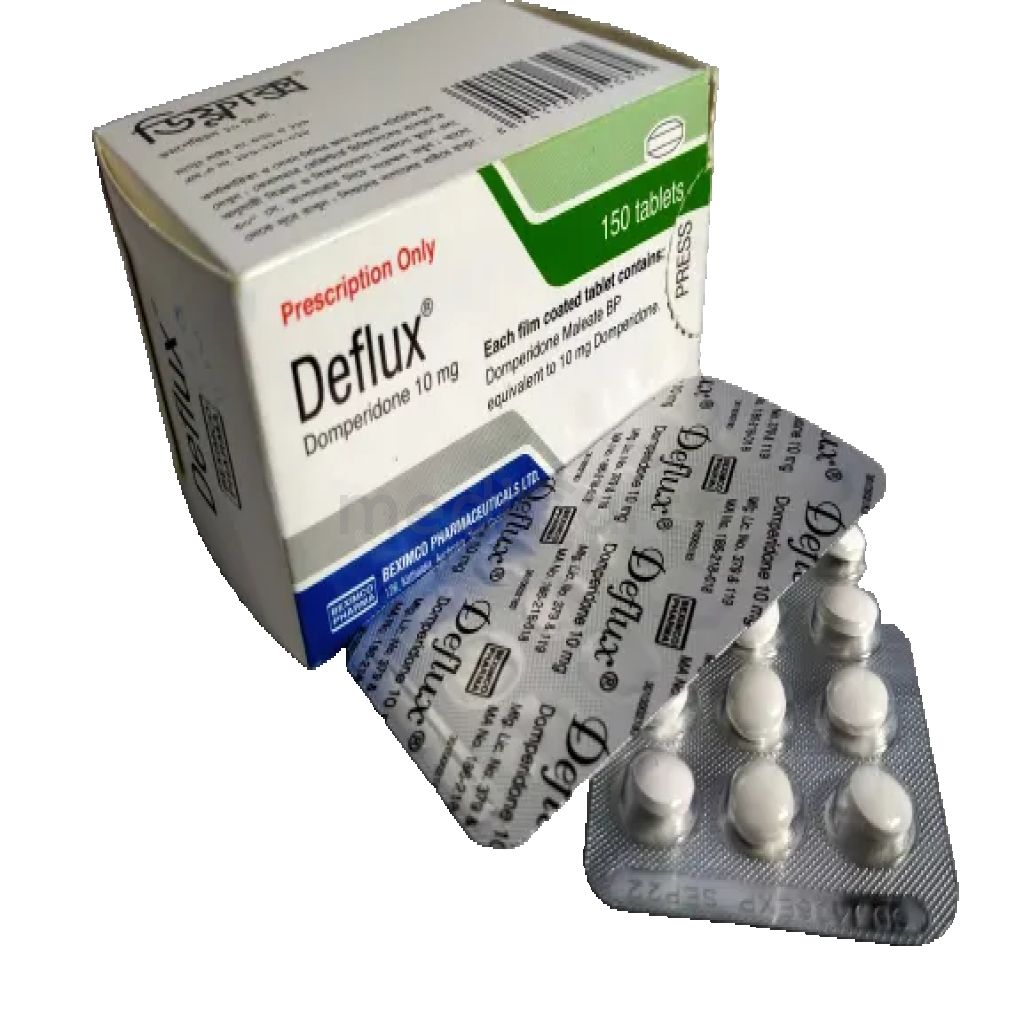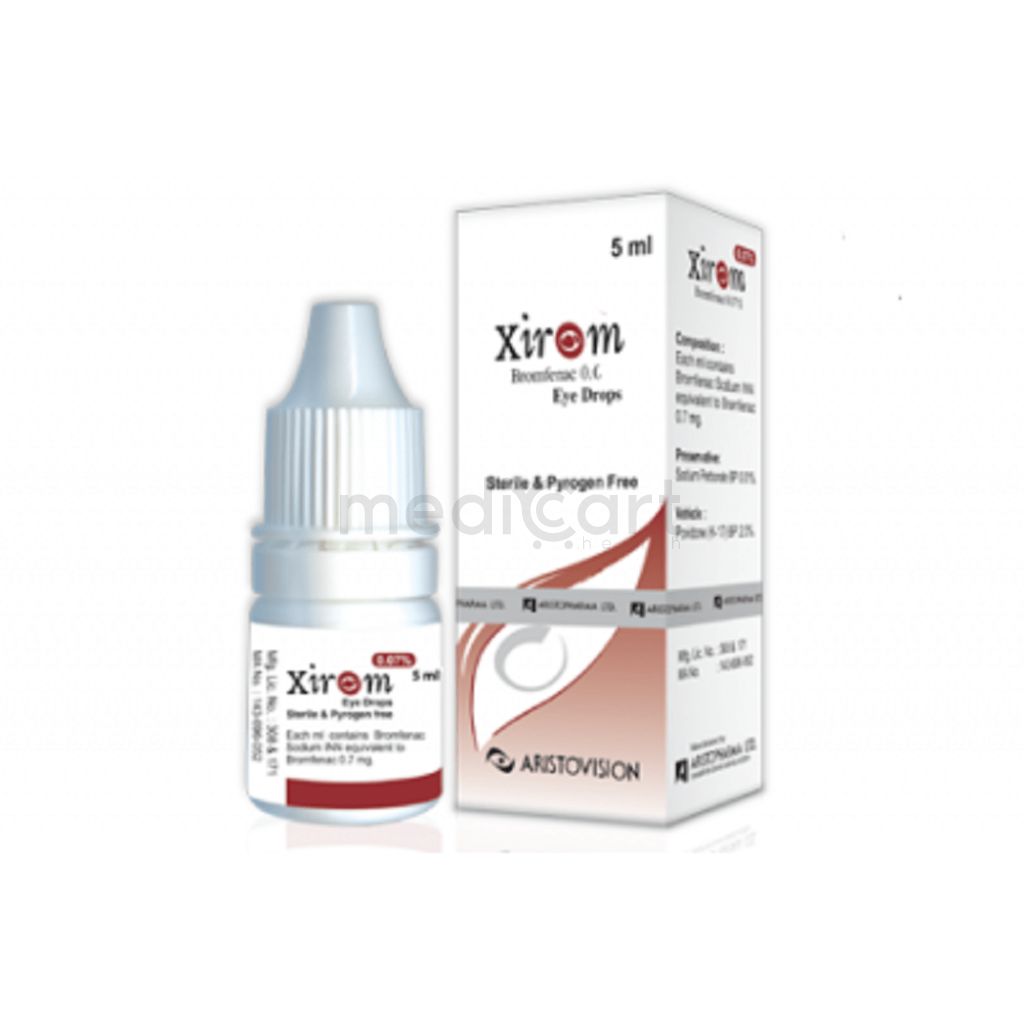

Peripril - 2mg
Tablet* Delivery will be done in Dhaka city only.
More Information About - Peripril - 2mg
Description
Indication:
Hypertension, IHD, Heart failure
Pharmacology:
Dosage (breakdown or, not) :
Adult:
Oral Adult Hypertension 4-8 mg PO qDay or divided q12hr Maximum: 16 mg/day PO divided q12hr Stable Coronary Artery Disease (CAD) 4 mg PO qDay for 2 weeks, THEN increase as tolerated to 8 mg/day PO divided q12hr Reduce risk of cardiovascular mortality or MI in patients with stable CAD Heart Failure 2 mg PO qDay initially to maximum 8-16 mg PO qDay Elderly: Initially, 2 mg once daily. Dose may be increased to max 8 mg
Child:
Renal impairment: CrCl (ml/min) Dosage Recommendation <15 2 mg on dialysis days. 15-30 2 mg on alternate days. 30-60 2 mg
Administration
Should be taken on an empty stomach. Take before meals.
Interaction:
May enhance hypotensive effect w/ diuretics. Additive hyperkalaemic effect w/ K supplements, K-sparing diuretics, and other drugs (e.g. ciclosporin, heparin, indometacin). May increase serum levels and toxicity of lithium. Antihypertensive effect may be reduced by aspirin or other NSAIDs. Coadministration w/ NSAIDs may also increase the risk of renal impairment. Increased risk of hypoglycaemia w/ antidiabetic agents. Rarely, nitritoid reactions occur w/ concomitant use of gold (sodium aurothiomalate). Potentially Fatal: Increased risk of hypotension, hyperkalaemia and changes in renal function (including acute renal failure) w/ aliskiren in patients w/ diabetes or renal impairment.
Contraindication:
History of angioedema related to previous ACE inhibitor treatment. Pregnancy (2nd/3rd trimesters).
Side Effect
>10% Headache (23%),Cough (12%) 1-10% Dizziness (8%),Back pain (6%),Lower extremity pain (5%),Abnormal ECG (2%),Palpitation (1%),Depression (2%),Somnolence (1%),Menstrual disorder (1%),Edema (4%),ALT increased (2%),Sexual dysfunction (male 1%),Sleep disorder (3%),Chest pain (2%),Nausea/vomiting (2%),Flatulence (1%),Rash (2%),Hyperkalemia (1%),Tinnitus (2%) Frequency Not Defined Intestinal angioedema,Liver failure (rare),Leukopenia,Pruritus,Stroke,Syncope,Urinary retention,Vertigo,Amnesia Angioedema, More frequent in black patients (0.1%), Angioedema of lips, More frequent in black patients (0.1%), Angioedema of throat, More frequent in black patients (0.1%) Potentially Fatal: Anaphylactoid reactions, angioedema.
Precaution:
History of airway surgery. Withdraw if there is significant increase in LFTs. Risk factors for hyperkalaemia; monitor potassium closely. Patients dependent on renin-angiotensin-aldosterone system; consider withdrawal in patients with progressive deterioration in renal function. Collagen vascular disease. Hypovolaemia; monitor BP with the 1st dose. Unilateral renal artery stenosis and pre-existing renal insufficiency; valvular aortic stenosis. Before, during, or immediately after anaesthesia. May impair ability to drive or operate machinery. Lactation. Lactation: not known if distributed into breast milk; use caution
Disclaimer
The information provided herein are for informational purposes only and not intended to be a substitute for professional medical advice, diagnosis, or treatment. Please note that this information should not be treated as a replacement for physical medical consultation or advice. Great effort has been placed to provide accurate and comprehensive data. However, Medicart along with its authors and editors make no representations or warranties and specifically disclaim all liability for any medical information provided on the site. The absence of any information and/or warning to any drug shall not be considered and assumed as an implied assurance of the Company.









